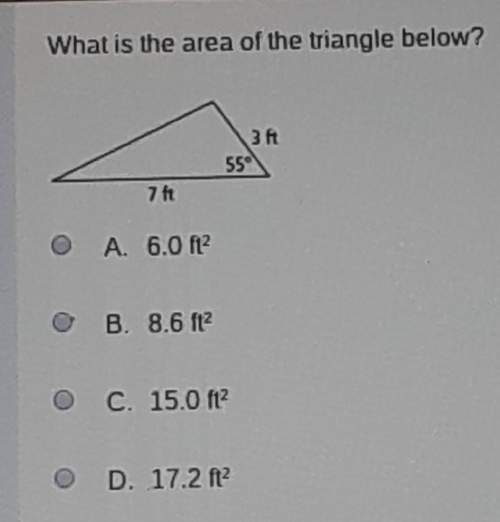
Mathematics, 30.04.2021 22:10 psychocatgirl1
In November 1993, the state of Pennsylvania conducted elections for its state legislature. Theresult in the Senate election in the 2nd district (based in Philadelphia) was challenged in court, and ultimately overturned. The Democratic candidate won 19,127 of the votes cast by votingmachine, while the Republican won 19,691 votes cast by voting machine, giving the Republican alead of 564 votes. However, the Democrat won 1,391 absentee ballots, while the Republican wonjust 366 absentee ballots, more than offsetting the Republican lead based on the votes recordedby machines on election day. The Republican candidate sued, claiming that many of the absenteeballots were fraudulent. The judge in the case solicited expert analysis from Orley Ashenfelter, an economist at Princeton University. Ashenfelter used a regression model to examine the rela-tionship between absentee vote margins and machine vote margins in 21 previous PennsylvaniaSenate elections in seven districts in the Philadelphia area over the preceding decade.
Required:
a. The NY Times articlestates: Assuming this relationship the 21 previous elections had held in the most recent, Professor Ashenfelter estimates that the Republican's 561-vote edge on the machines should have led to a 133-vote advantage in absentee ballots." Explain (as Dr. Ashenfelter would explain to the judge), how one can come to this conclusion.
b. In the contested election the voting machine margin was -561. The absentee ballot margin, however. was 1025. Use your regression model to make astatistical argument for why this observation is unusual. Assume for now that the contested election was fair. Derive a probability for observing an absentee ballot margin as large or larger than the one observed if the election was fair. Explain how you come up with that number

Answers: 3


Another question on Mathematics


Mathematics, 21.06.2019 22:50
Aclassroom is made up of 11 boys and 14 girls. the teacher has four main classroom responsibilities that she wants to hand out to four different students (one for each of the four students). if the teacher chooses 4 of the students at random, then what is the probability that the four students chosen to complete the responsibilities will be all boys?
Answers: 1

Mathematics, 22.06.2019 00:00
Alice is paying her bill at a restaurant. but tax on the cost of a male is 5%. she decides to leave a tip 20% of the cost of the meal plus the tax
Answers: 3

You know the right answer?
In November 1993, the state of Pennsylvania conducted elections for its state legislature. Theresult...
Questions























